Fat Transfer to Buttocks: Procedure & Risks of BBL Surgery
Body Plastic Surgery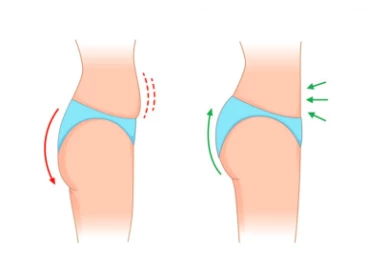
Fat transfer to the buttocks, also known as Brazilian Butt Lift (BBL) surgery, has become a popular cosmetic procedure for individuals seeking to enhance the shape and size of their buttocks. This innovative technique uses the patient's fat, harvested through liposuction from other body areas, to sculpt and augment the buttocks.
BBL surgery offers a natural and long-lasting solution for achieving a fuller and more contoured appearance without the use of butt implants. However, like any surgical procedure, it's important to be well-informed about BBL surgery's potential risks and considerations. In this article, we will explore the details of the surgical fat transfer to buttocks procedure and the potential risks and safety considerations involved in BBL surgery.
What Is a BBL and How Is It Done?
A Brazilian butt lift (BBL), also known as buttock augmentation with fat grafting and safe subcutaneous buttock augmentation (SSBA), is a cosmetic surgical procedure that involves removing fat from one or more areas of the body using liposuction and then injecting the harvested fat into the butts to enhance the buttock shape and volume. The procedure aims to reshape the buttocks by creating a more attractive and youthful look. However, it does not improve sagging or excess skin.
During a BBL surgery, the surgeon uses liposuction surgery to remove fat from specific areas such as the abdomen, hips, thighs, or back. This fat is then carefully processed and purified before being injected into the buttocks. The butt correction procedure is a good choice for those who want fuller, rounder buttocks and a more defined waistline. Read on to learn all about the Brazilian butt lift procedure, including how it is done, the best candidates, the risks and complications, and recovery tips.
BBL Procedure Overview
Duration of Procedure Approximately three hours | Type of Anesthesia Twilight Sedation |
Hospital Stay Outpatient procedure (no overnight hospitalization required) | Post-operative pain and Discomfort Typically lasts between 3 to 7 days |
Common Post-Surgery Issues Bruising, swelling, and temporary numbness (refer to Vaser liposuction for potential donor site complications) | Potential Risks Infection, asymmetry, bleeding, fat necrosis, oil cysts, benign calcification, significant fat cell loss, fat embolism |
Follow-Up Visits Scheduled for 1 week and 3 months after surgery | Time Required Off Work 1 to 2 weeks |
Physical Activity Guidelines - 1 day post-op: Light walking - 1 week post-op: Moderate walking - 2 weeks post-op: Resume all activities | Final Results Timeline Final results are typically visible after 12 weeks, with scars improving over 18 months. |
Why Do People Get a BBL?
The Brazilian Butt Lift (BBL) has gained popularity among people seeking to enhance the size and shape of their buttocks without resorting to implants. This procedure adds volume to the backside and eliminates unwanted fat from areas like the abdomen, creating a more contoured silhouette.
Various motivations exist for pursuing a BBL, including improving clothing fit, eliminating stubborn fat deposits, achieving better body proportions, or boosting self-confidence.
Who Is a Good Candidate for a Brazilian Butt Lift?
Good candidates for a Brazilian butt lift (BBL) procedure are people who are in good overall health and have realistic expectations for the result of the procedure. Some properties make someone a good candidate for a BBL procedure. These properties are as follows:
- Having adequate fat deposits: Since the procedure involves liposuction, a good candidate should have enough fat in other areas of the body;
- Being stable: A good candidate should be at a stable weight with a body mass index (BMI) of 30 or lower. Significant weight changes can affect the results of the BBL procedure;
- Having good skin elasticity: A good candidate should have good skin elasticity in the buttocks that can allow the skin to stretch and adapt to the new shape and size of the buttocks after BBL;
- Having realistic expectations: A good candidate should have realistic expectations for the procedure's outcome. Although a BBL can enhance the size and shape of the buttocks, it cannot change a person's overall body shape;
- Good overall health: A good candidate should be in good overall health and have no underlying medical conditions that may increase the risk of complications during or after the BBL procedure.
What Happens Before a Brazilian Butt Lift Procedure?
The first step is to schedule a consultation with a plastic surgeon specializing in BBL. During the consultation, the surgeon will check the patient's overall health, discuss their goals and expectations, and determine if they are a good candidate for the BBL procedure.
The patient's body shape is also a main factor. The surgeon will examine the following parts to detect the best area(s) to perform fat harvesting using liposuction. These areas may include the abdomen, flanks, lower back, hips, and thighs.
What Happens During a BBL Procedure?
Before the BBL surgery, the patient is sedated using either general anesthesia to be pain-free during the surgery.
BBL procedure steps include:
- The surgeon makes small incisions in areas with excess fat, such as the abdomen, thighs, or hips;
- A cannula (a small, hollow tube) will be inserted through the incisions to suction out the fat;
- The fat will be collected in a sterile container and prepared for injection into the buttocks;
- The collected fat will be processed to remove impurities such as blood, oil, and other fluids. This helps to ensure that only healthy fat cells are used for the injection;
- The purified fat will then be injected into specific areas of the buttocks using a cannula;
- The surgeon will make small incisions in the buttocks and carefully inject the fat in layers to create a smooth, natural-looking contour. The amount of fat injected will depend on how much augmentation the patient desire and the amount of fat available (usually 300 ccs to 500 ccs (1 1/3 to 2 1/4 cups) on each side);
- Once the fat injection is complete, the liposuction and fat transfer incisions will be stitched closed.
What to Expect After a Brazilian Butt Lift Procedure?
After the BBL procedure, the affected areas are wrapped with a compression garment to reduce bleeding, minimize discomfort, and support the newly transferred fat cells. The patient is then taken to a recovery room until they are alert. The health providers will check the patient's overall health for some hours, and once they are assured that the patient no longer needs monitoring, they will discharge them.
The patient is advised to rest and avoid sitting after BBL or lying on the buttocks for at least two weeks after the surgery to allow the fat cells to settle and integrate with the surrounding tissue. They might experience some pain, swelling, and discomfort post-surgery. The pain and discomfort typically peak within 48 to 72 hours after the surgery and gradually relieve the next few days. The plastic surgeon may prescribe pain-relief medicines, anti-inflammatory medication, or muscle relaxants to help manage these symptoms. It might take several months to see the final results of the BBL procedure.
How Long Does a Brazilian Butt Lift Last?
A Brazilian butt lift (BBL) results are semi-permanent, and its duration may vary depending on several factors, including how well the patients follow post-operative instructions and have a healthy diet. Poor BBL aftercare can result in a loss of fat volume and a decrease in the overall size and shape of the buttocks.
Significant weight gain or loss can also cause changes in the size and shape of the buttocks.
Contact us for a free initial consultation about a Brazilian butt lift.
WhatsAppTelegramFacebookEmailHow Painful Is a BBL Procedure?
A Brazilian butt lift (BBL) procedure can be painful. However, the pain level may vary from person to person. The amount of pain experienced will depend on the patient's pain tolerance, the extent of the surgery, and the technique used. Most patients report that the pain can be managed with pain medication prescribed by the surgeon.
Is BBL a Risky Surgery?
While many people undergo the BBL procedure without complications, significant risks are involved, primarily due to the technique used to transfer fat to the buttocks, called autologous fat transfer or fat grafting.
During the process of transferring fat to the buttocks, surgeons must navigate anatomical regions that pose risks, as these areas contain numerous blood vessels. This may increase the likelihood of fat inadvertently entering the bloodstream, potentially obstructing major blood vessels.
What Are the Risks and Complications of BBL?
BBL is a safe and effective cosmetic surgery performed by a qualified and well-experienced plastic surgeon. However, like any surgery, there are potential risks and complications associated with the procedure, particularly when BBL surgery goes wrong. Some of the most common BBL surgery side effects are as follows:
- Infection;
- Bleeding;
- Fat Embolism (rare);
- Seroma formation;
- Changes in skin sensation
- Scarring;
- Anesthesia complications.
What Are the Advantages of a Brazilian Butt Lift?
A Brazilian butt lift (BBL) procedure has several advantages over other methods of buttock enhancement. These advantages include:
- Having natural-looking results;
- Having long-lasting results;
- Being less invasive and safer than other surgeries for buttocks, such as butt implants;
- Improving self-confidence.
BBL Recovery Tips
Recovery from BBL surgery is an important part of the healing process. Here are some tips that help patients recover from the surgery and achieve the best possible results.
- Follow the surgeon's instructions: It is recommended that patients follow their surgeon's instructions, including any restrictions on physical activity, sitting, and sleeping;
- Wear a Compression Garment: Patients should wear a compression garment for several weeks after the surgery to help reduce swelling and discomfort.
- Rest: It is recommended that patients rest and avoid sitting or lying on the buttocks for at least two weeks after the surgery to allow the fat cells to settle and integrate with the surrounding tissue.
- Stay Hydrated: Drinking plenty of fluids can help reduce swelling and improve healing.
- Avoid Smoking: Smoking can impair healing and increase the risk of complications.
- Follow a Healthy Diet: A healthy diet including plenty of protein, fruits, and vegetables can help promote healing and improve the results of the surgery;
- Avoid Strenuous Activity: Patients should avoid strenuous exercise for several weeks after the surgery to allow the body to improve.
- Attend Follow-up Appointments: Patients should attend all scheduled follow-up appointments with their surgeon to monitor their healing progress, evaluate the BBL results, and ensure proper healing.
BBL Surgery Recovery Timeline
Recovery time after a Brazilian butt lift may differ depending on each patient's healing process. However, a general timeline of what to expect during the BBL recovery time may be as follows:
- Week 1 after BBL: Patients should wear a compression garment, rest, and avoid sitting or lying on their buttocks for at least two weeks after the BBL surgery. They should also sleep on their stomach or side for several weeks.
- Week 2 after BBL: Pain and discomfort will be reduced, and patients may be able to return to work or other normal activities. However, they should avoid sitting or lying on their buttocks.
- Week 3 after BBL: Patients may be able to resume light exercises, such as walking or low-impact activities. However, they should avoid any activities that put pressure on their buttocks.
- Week 4 after BBL: Patients can resume more strenuous exercise and gradually return to normal activities;
- Week 6 and more after Brazilian butt lift surgery: Most patients may fully recover from doing lower body exercises without restrictions. About 100% of the pain, swelling, and soreness are completely gone, and patients can see the final results of their BBL procedure.
Brazilian Butt Lift (BBL) Revision
BBL revision surgery is a procedure performed to address issues or improve the results of an initial BBL. Reasons for seeking a revision can include asymmetry, dissatisfaction with the size or shape, complications such as fat necrosis or infection, or significant changes in body weight that alter the original outcome. During a BBL revision, a plastic surgeon may perform additional liposuction to harvest more fat, correct irregularities, and re-inject fat into specific areas to achieve a more balanced and aesthetically pleasing result. In some cases, fat grafts might be supplemented or replaced with synthetic fillers or implants if necessary. Successful BBL revision can significantly enhance patient satisfaction by refining the results and addressing previous concerns.
Brazilian Butt Lift (BBL) vs. Butt Implants
The Brazilian Butt Lift (BBL) and butt implants are both popular procedures for enhancing the size and shape of the buttocks. However, they involve different techniques and considerations. The BBL uses liposuction to remove fat from other body areas and then injects it into the buttocks for a more natural look and feel, with a shorter recovery time. On the other hand, butt implants involve surgically inserting silicone implants into the buttocks for a more permanent solution, but with a longer recovery time and higher risks associated with the surgery.
The choice between BBL and butt implants depends on factors such as aesthetic goals, body type, and overall health. Therefore, consulting with a board-certified plastic surgeon is important to determine the best approach for achieving desired results.
How Much is the Cost of BBL in Iran?
The cost of a Brazilian Butt Lift in Iran can vary depending on several factors, including the surgeon's experience, the clinic or hospital where the procedure is performed, and the specific techniques used. On average, the cost of a BBL in Iran can range from $2,500 to $5,000
FAQs on BBL Surgery
1) Are BBL Scars Permanent?
No. The scars from a Brazilian butt lift (BBL) are typically very small and should fade over time.
2) What makes Brazilian Butt Lifts So Deadly?
BBL surgery has gained attention due to its association with a higher risk of complications and mortality compared to other cosmetic procedures. The main reason for the increased risk of fat transfer to the buttocks is the potential for fat embolism, a serious and potentially fatal complication. Fat embolism occurs when fat is inadvertently injected into a blood vessel during the procedure, which can lead to the fat traveling to the lungs and causing a blockage, leading to respiratory distress and, in severe cases, death.
3) Can you do a BBL and tummy tuck together?
It is possible to combine a Brazilian Butt Lift (BBL) with a tummy tuck. This combination procedure is often referred to as a "mommy makeover." A mommy makeover typically involves addressing the abdomen and the buttocks to restore a more youthful and contoured appearance.
4) How common is fat embolism during a BBL surgery?
Fat embolism is a rare but serious complication that can occur during a BBL surgery. The incidence rate is estimated to be between 0.02% and 0.08%.
5) Is there a risk of excessive bleeding during a BBL surgery?
Yes. This can occur during liposuction or when fat is injected into the buttocks. To minimize this risk, choosing a qualified surgeon who uses proper surgical techniques and closely monitors blood loss during the procedure is important. Additionally, avoiding certain medications and supplements before surgery can also help reduce the risk of excessive bleeding.




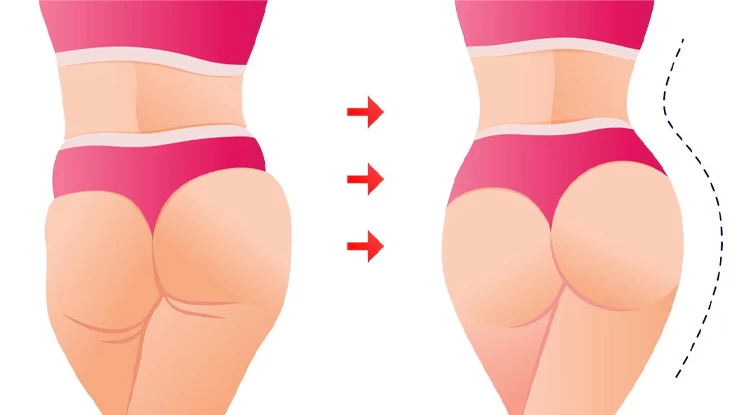
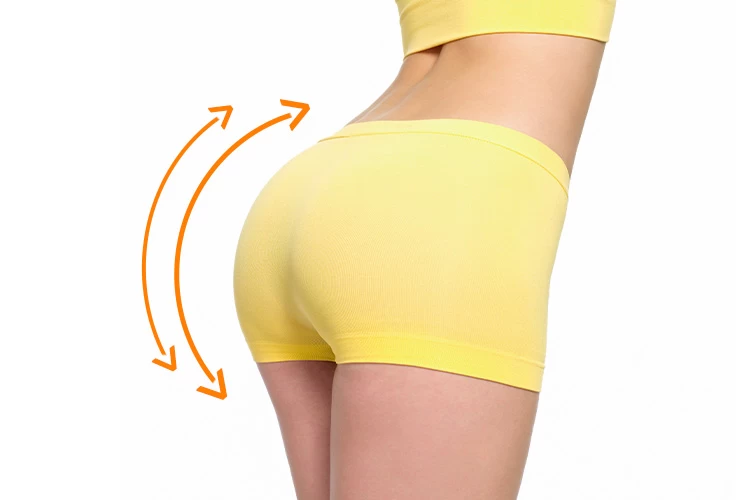
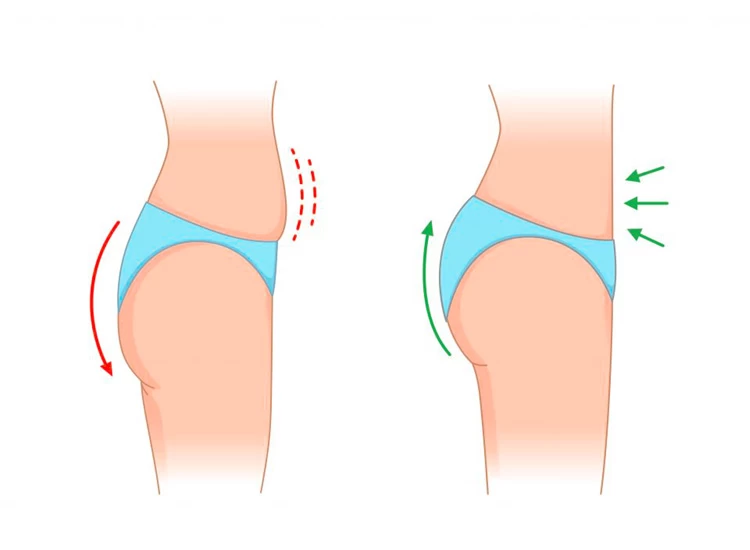
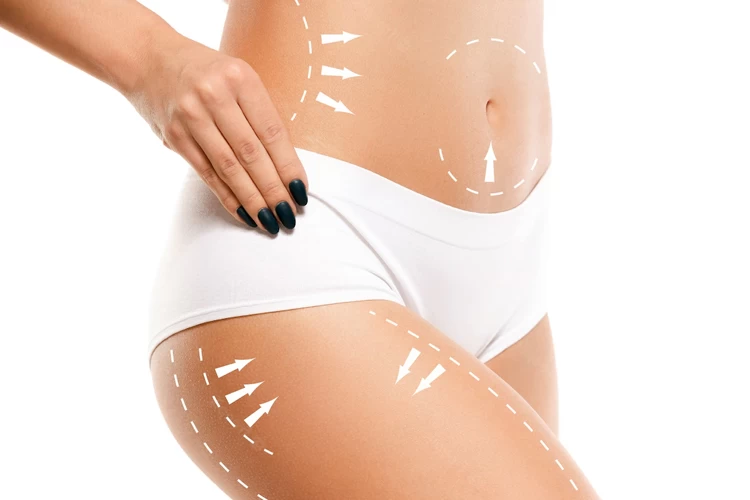

No reviews
Your comment